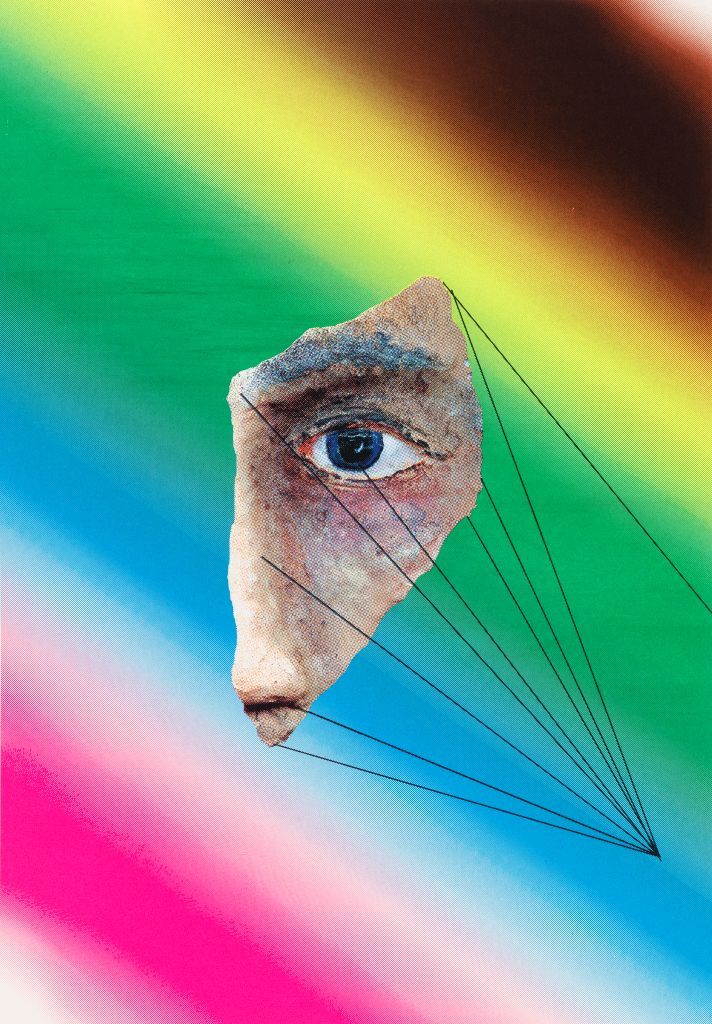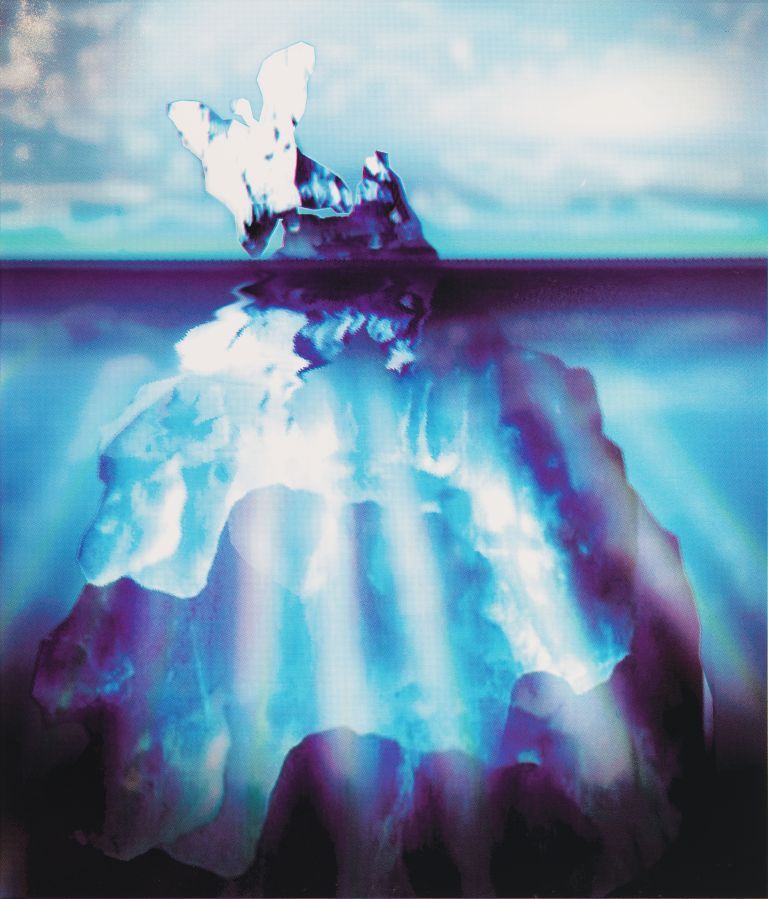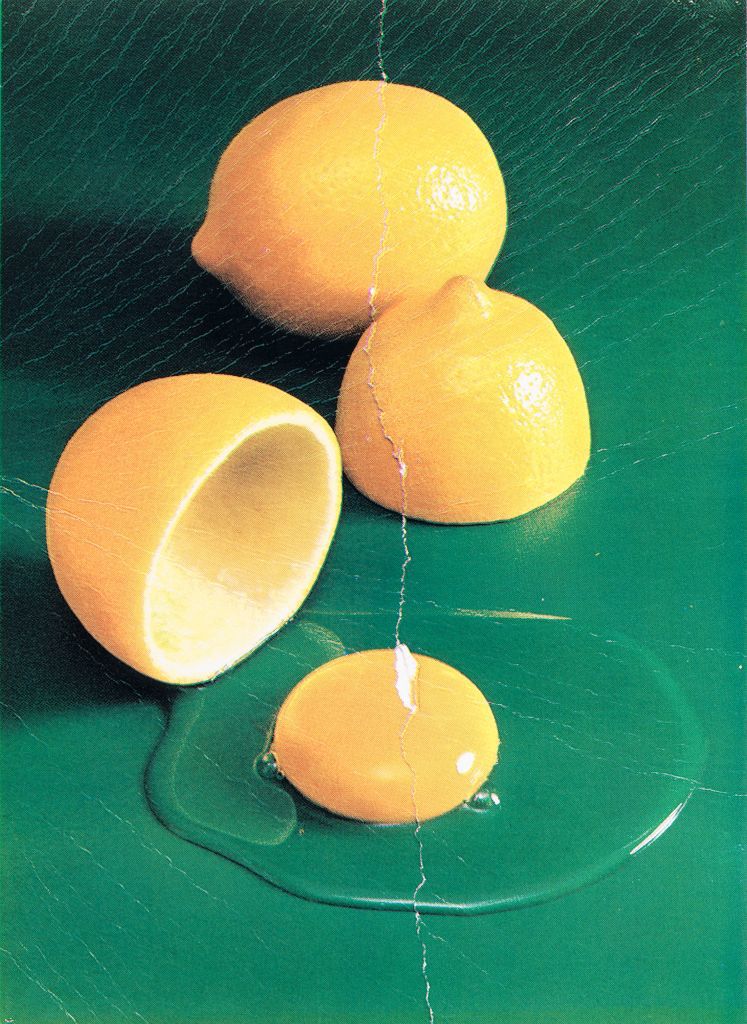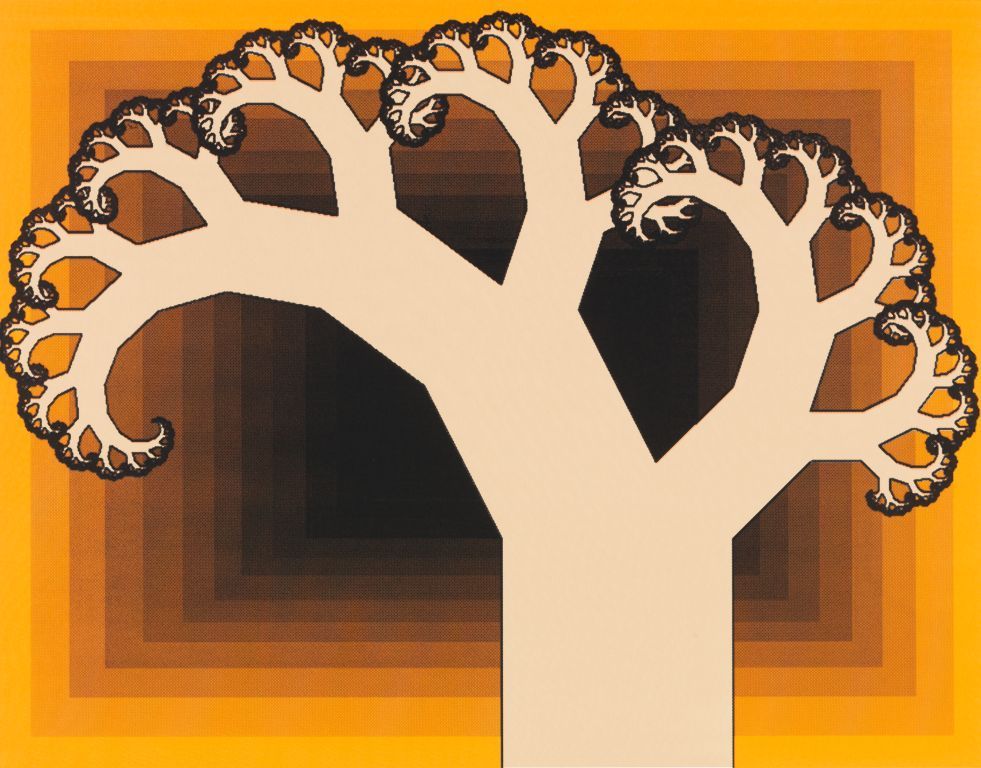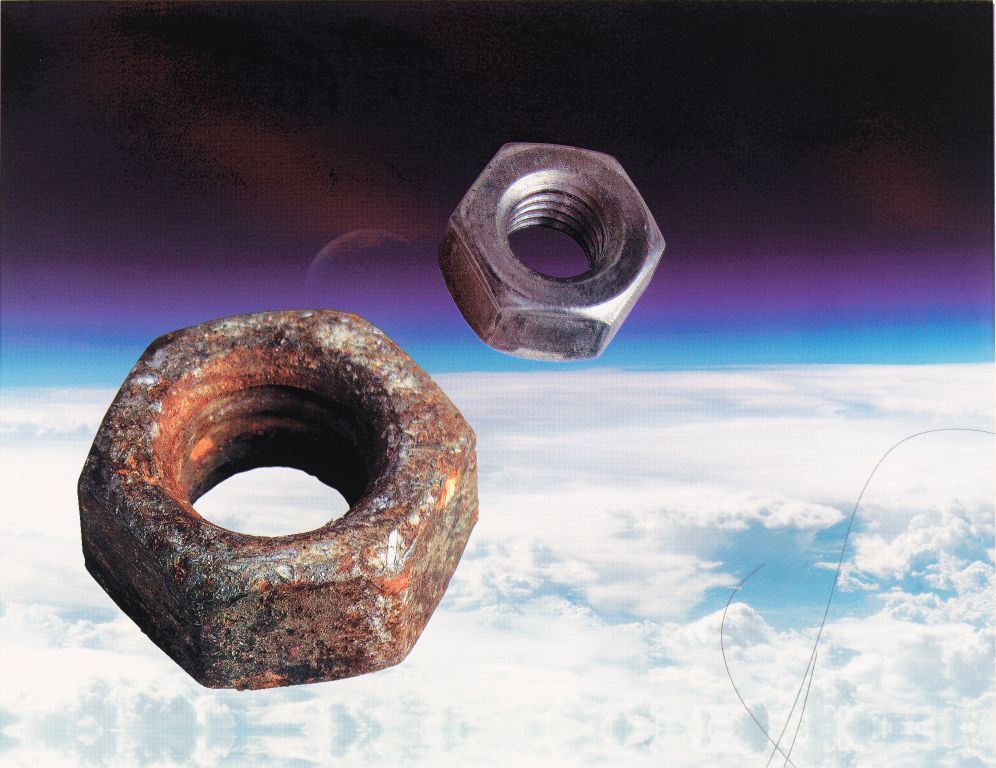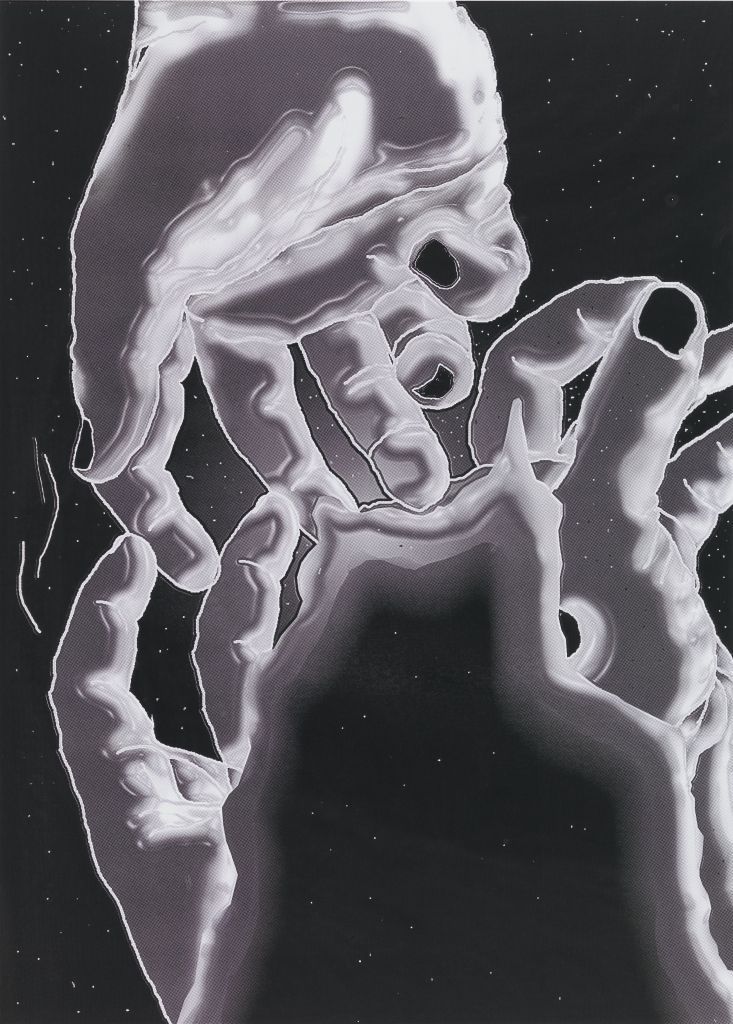A quirky, unusual figure on the young Swiss art scene, Urs Fischer has been building an iconographic world stocked with surreal visions. Haunting Fischer’s work in a joyous maelstrom are bright, even occasionally acid colours and a range of materials and forms that overlap or run together in a tangled mass.
As a Romantic incarnation of the artist, Fischer pays conventions and taboos little mind, and readily blends dissimilar influences. A photographer by training who has turned to drawing, sculpture and installation work, Fischer was born in 1973 in Zurich but quickly let that city behind as an adult to settle in New York.
A prolific worker and virtuoso draughtsman, he is creating a deconstructed, inventive body of sculpture that extends his two-dimensional constructions. His taste for a wide range of materials, improbable associations and unexpected formal correspondences eventually led to his designing installations that develop in a seemingly random way within a space whose limits are rolled back by the artist.
A hole in the ground, a house with walls of bread, ceramics dripping with paint, wax figures – things are incorporated in odd, fantastical arrangements that focus on the decomposition of often organic materials and point up all kinds of combinations. Facing Fischer’s raw, sensual or fanciful images, one feels desire and disgust welling up in unison, while any distinction between reality and the symbolic fades away.
The influence of graffiti, American comics, the Pop aesthetic and the mass culture of entertainment makes its way into his art in often distorted guises. Breaking down images of reality, he transforms the icons of our banality into objects that are at home in dreams and poetic fantasy.
Displaying an impressive creative inventiveness, his works are always tinged with irony, like the gigantic wax statues that he let melt away at the 2011 Venice Biennial, reducing fine art to a fleeting journey toward disappearance. Fischer deftly shifts from the monumental to the personal by using the oddest assortment materials, and makes transformation a cardinal rule.
As a Romantic incarnation of the artist, Fischer pays conventions and taboos little mind, and readily blends dissimilar influences. A photographer by training who has turned to drawing, sculpture and installation work, Fischer was born in 1973 in Zurich but quickly let that city behind as an adult to settle in New York.
A prolific worker and virtuoso draughtsman, he is creating a deconstructed, inventive body of sculpture that extends his two-dimensional constructions. His taste for a wide range of materials, improbable associations and unexpected formal correspondences eventually led to his designing installations that develop in a seemingly random way within a space whose limits are rolled back by the artist.
A hole in the ground, a house with walls of bread, ceramics dripping with paint, wax figures – things are incorporated in odd, fantastical arrangements that focus on the decomposition of often organic materials and point up all kinds of combinations. Facing Fischer’s raw, sensual or fanciful images, one feels desire and disgust welling up in unison, while any distinction between reality and the symbolic fades away.
The influence of graffiti, American comics, the Pop aesthetic and the mass culture of entertainment makes its way into his art in often distorted guises. Breaking down images of reality, he transforms the icons of our banality into objects that are at home in dreams and poetic fantasy.
Displaying an impressive creative inventiveness, his works are always tinged with irony, like the gigantic wax statues that he let melt away at the 2011 Venice Biennial, reducing fine art to a fleeting journey toward disappearance. Fischer deftly shifts from the monumental to the personal by using the oddest assortment materials, and makes transformation a cardinal rule.
